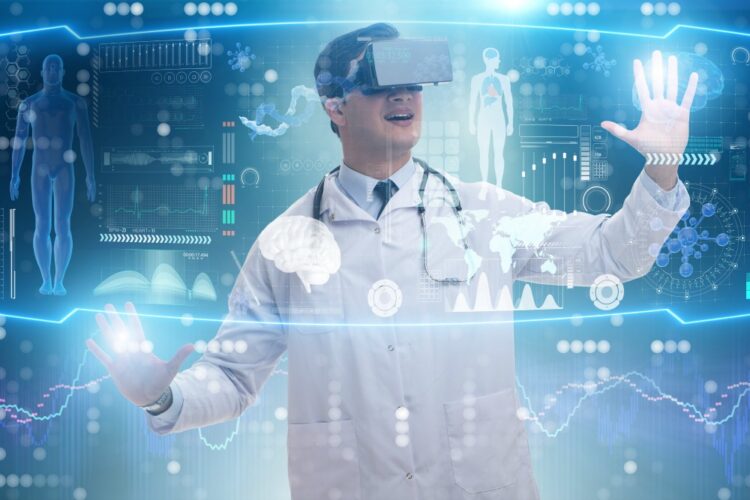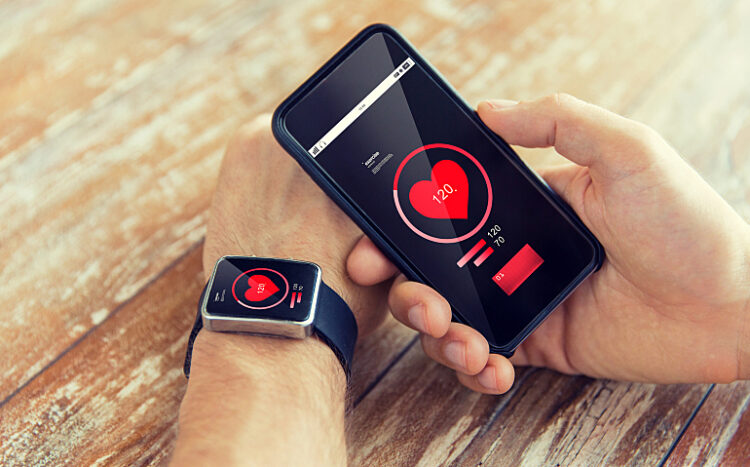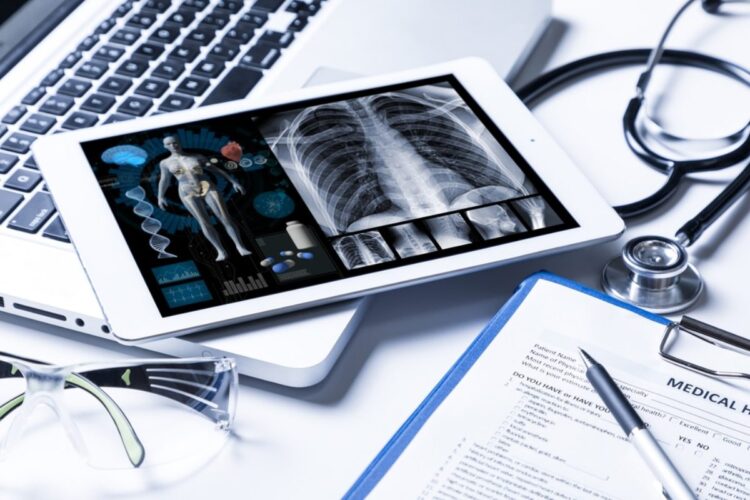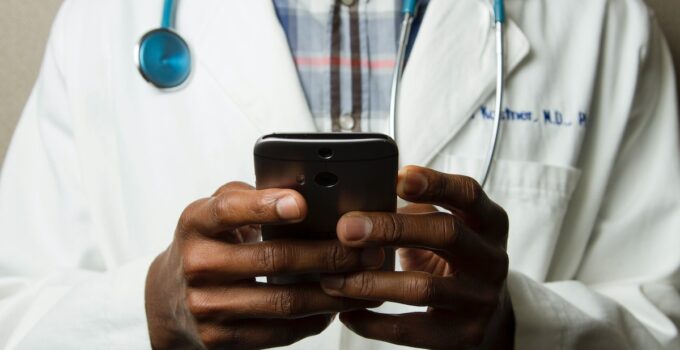For people to thrive, everyone should have accessible and affordable healthcare. It is arguably one of the critical factors that set many first-world countries apart from developing ones. Luckily, medical practitioners, doctors, scientists, etc., are looking at new and improved ways to offer healthcare while simultaneously looking at ways to make healthcare more affordable.
A prime example of efficient healthcare is decentralized clinical trials. Clinical trials are conducted entirely digitally and often from a patient’s home; to understand it better, you can visit here. It has proved vital in today’s digital age since it offers a range of benefits – patients can take part in trials from home, while doctors can check progress from one central place. Let’s look at a few other rising trends in digital health.
Page Contents
Virtual and augmented reality

Source: bekey.io
Both VR and AR have taken the tech world by storm. We see it in gaming, finance, and now in healthcare too. It was an easy decision to introduce since it offers so much more than entertainment. So, how does it work in healthcare? It’s two-fold. Firstly, for doctors who are completing surgical training. Helping them to get more comfortable with complex and often dangerous procedures. Secondly, for patients, it is also a form of comfort. Where patients can see exactly how the operation will play out.
There is a lot more for patients to benefit from here, and more so for patients with mental health conditions. AR and VR allow for simulated scenarios which allow individuals with mental illness to learn how to cope in a range of circumstances. This has been highly praised in the medical community as it allows people with mental illness to overcome a range of fears.
Managing diseases

Source: pinterest.com
If COVID-19 has taught us anything, it is that managing an infectious disease efficiently is paramount in saving the lives of millions of people. The recent pandemic sparked a range of digital services that made contact tracing and tracking, as well as reporting on statistics, possible. It is a wonderful way for governmental health ministries to share valuable information with the broader population. The best part of this innovation is that it allows the government to quickly track where infected persons are to stop the spread.
What can we expect from this digital health tech in the future? Where applicable, we will certainly see increased contact and tracing apps for other diseases. This can be groundbreaking in eliminating certain diseases or simply keeping the spread as limited as possible.
Employee wellness apps

Source: cnn.com
While employee wellness apps were around before the pandemic, there has been a massive increase since COVID-19 interrupted our lives. These apps are imperative in today’s world. Even before the pandemic, there was a need for employees to receive health and mental healthcare in one place, and companies are now implementing such tools. There are many benefits to apps like these, and they include
- Easy responses to being sick: Employees can get help for a range of illnesses on their company app before they report for duty. For example, when Karyn, the receptionist, has a cold, she fills out a screening form which then provides her with results based on the answers she gives. If it tells her that she has a cold, she is at once connected to a doctor. If the app tells her she’s clear for work, then she’s good to go.
- Increased satisfaction at work: Studies have shown that employees who have employee workplace wellness apps are more satisfied with work. Since they can engage with a range of benefits.
- Personalization: In the past, companies focused on a one-size fits all approach when it came to healthcare. Now, with employee wellness apps, it can be customized to suit the needs of the individual rather than the group.
Telehealth

Source: npr.org
What is telehealth, and how does it work? This is the use of digital tools such as your smartphone, which is used to administer a range of healthcare services. This came in handy when the pandemic was first on our doorstep. In-patient visits were cut down to only emergencies and COVID-19-related issues, and it was in this that telehealth truly took shape. The telehealth market is only now gaining momentum; however, it is going to change the way we experience healthcare and how doctors administer healthcare. Let’s look at why it matters.
Access to healthcare is scarce in many parts of the world, and this is where telehealth will help. More people can access a range of healthcare services since they will be able to access them through their smart devices or computers. Even for people with limited to no access to transportation, this can prove vital. A second benefit is that it limits the interaction with patients and healthcare providers. Which in turn limits the spread of diseases. People with chronic conditions can schedule remote checkups, granted no tests need to be done.
After that, patients can purchase the necessary devices or medicines online using medical supply ecommerce platforms. Lastly, patients are after seamless ways to interact with doctors, telehealth is a wonderful way to make this a reality.
IoT and physical medicine

Source: sterlingmedicaldevice.com
The first commercial hearing aid was introduced to the public in 1913. For many, this small opportunity to hear, even if quite faint, was groundbreaking. Today, technology, specifically the Internet of Things (IoT), is making waves in modern medicine. But what is IoT, and how does it tie into medicine? Well, it’s a growing network of physical objects. These objects have a range of things such as sensors and software that connect and exchange data. This is where wearable medical technology comes in.
This rapidly expanding field is coming up with multiple solutions that will change the medical world. Wearable devices, monitoring devices, as well as inhalers are all being designed with IoT in mind, including integrated apps to use the devices. With AI and machine learning, we will soon be introduced to smart inhalers. This is where we see an inhaler integrate with the internet and Bluetooth and make use of sensor technology. Further to this, doctors will be able to check a patient’s use of the inhaler and advise on any future updates. The IoT and medicine are going to revolutionize the healthcare industry.





